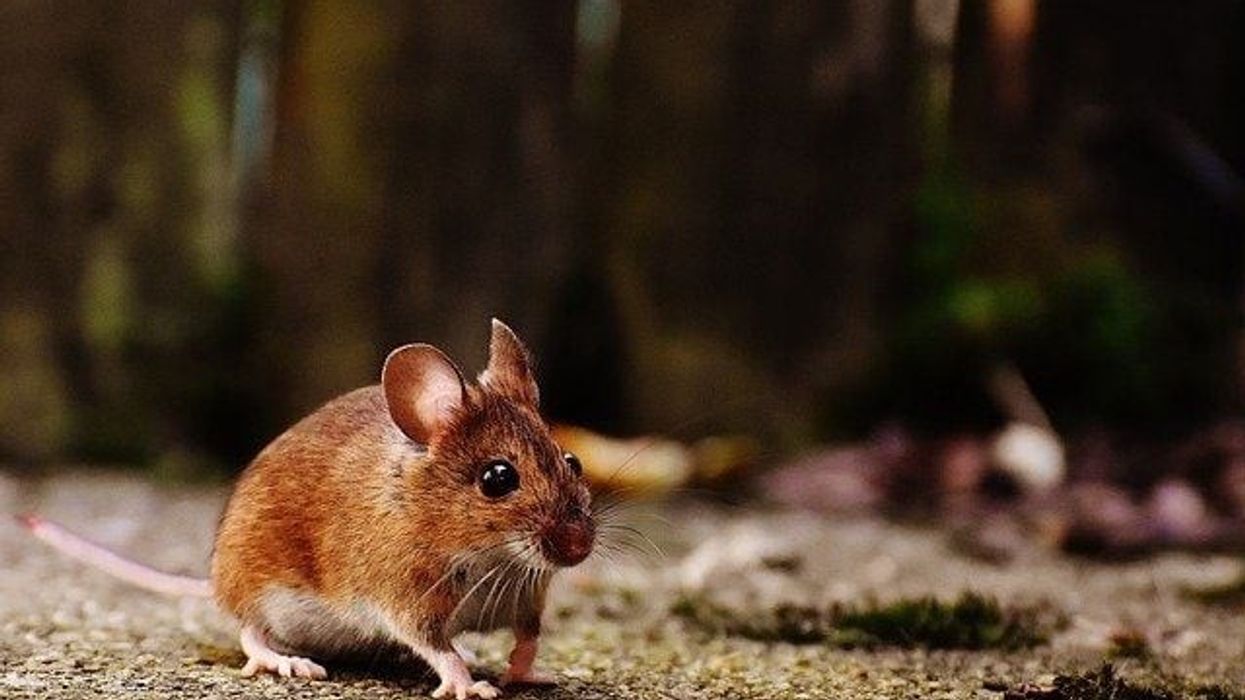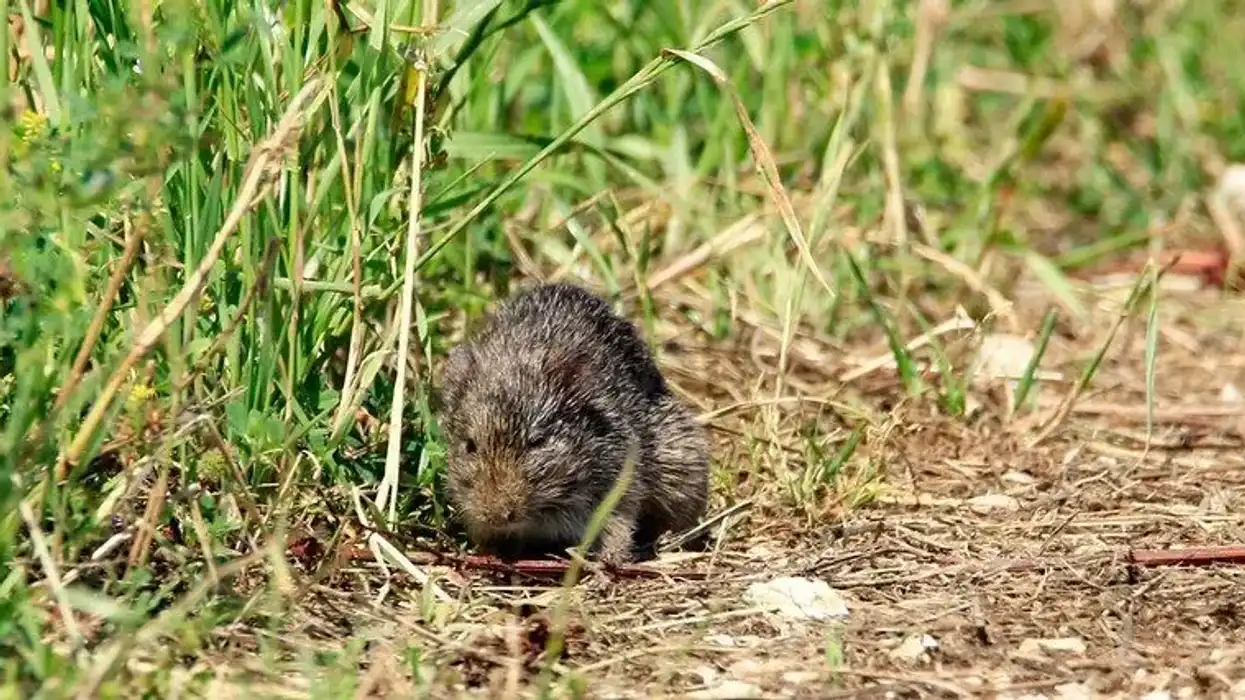The common mole-rat (Cryptomys hottentotus) also known as an African mole-rat and Hottentot mole rat is an underground rodent known for its brilliant tunnel-building skills. One of the most famous mole rats is the Naked mole-rat.
It is also said to be weird due to certain physical qualities which have evolved throughout the years. Most of the mole rats live in a eusocial environment as a colony.
Burrowing animals generally do not share the same geographic location. But the common mole-rat is an exception. It coexists with the Bathyerus and Georychus genus.
For more relatable content, check out these rice rat facts and naked mole-rat facts for kids.
Common Mole-Rat Interesting Facts
What type of animal is a common mole-rat?
Common mole rats (Cryptomys hottentotus) are rodents belonging to the Bathyergidae family.
What class of animal does a common mole-rat belong to?
Common mole-rats are part of the Mammalia class of the Animalia kingdom.
How many common mole-rats are there in the world?
Despite the fact that they have a limited range, they are heavily populated and the population keeps increasing. Because of this, determining the exact population size has been difficult.
Where does a common mole-rat live?
This rodent is mostly found in Southern Africa especially the Western Cape province (South Africa). They also dwell in other regions including Lesotho, Malawi, Mozambique, Swaziland, Tanzania, Zambia, and Zimbabwe.
What is a common mole-rat's habitat?
Since they are so adaptable common mole rats can live in a broad range of habitats. Their population is scattered mainly in the underground in burrows and tunnels.
This species is also found in a variety of man-made environments such as gardens, lawns, and golf courses. They do not have a particular preference in soil and can dwell in fine to moderate coarse clays. They also live in a tunnel built by other animals.
Who do common mole-rats live with?
Common mole rats live in a eusocial set up hence are found living with families. The families might have up to 14 individuals consisting of one reproductive pair, that is, the male and female are also known as the queen, worker's group, and casual worker's group.
How long does a common mole-rat live?
After the common mole-rats reach sexual maturity they may live up to 11 years. However, this may vary based on the environment.
How do they reproduce?
Just like all other mammals, common mole-rats are viviparous hence reproduce by giving birth to live offspring. Females are ready to procreate when they achieve sexual maturity at around one or one and a half years of age.
In September and October, the breeding season begins. The colony has only one breeding couple. When the queen is in her Estrous cycle, the male rats initiate the procedure, and the queen lifts her tail to let her partner smell her genitals.
After that, the male mounts on her and mates. The offspring are produced after an 81-day gestation period. Typically one to three pups can be produced per litter and two litters are produced in a year.
The workers in the group take care of the young. The pups vacate the site in about five days.
What is their conservation status?
The conservation status of this species as per the IUCN Red List is Least Concern. The reason for this is their increasing population within the limited range and they are almost present in all areas in southern Africa.
Common Mole-Rat Fun Facts
What do common mole-rats look like?
This species is either gray or brown colored. They have thick fur covering the entire body. They have long sensory hairs mixed with the fur known as vibrissae.
They have a cylindrical body, with a tail smaller than the body and short appendages. The incisors are sharp and aid them in burrowing. The eyes are small to the point where it is often assumed that they are blind.
They have two pairs of incisors, the lower and upper incisors. The reproductive male and female are the largest. The young rats are around 0.7 in (2 cm).
How cute are they?
Mole rats are absolutely adorable creatures. The naked mole-rat another species of the mole rat has caught the interest of many scientists as well as common people due to its distinguishing traits.
How do they communicate?
These rodents communicate by chirp, squeak, twitter, or even grunt to one another. Since they are almost blind body movements do not play a huge role in communication. Apart from this only little evidence is available on the assumptions that they use touch and smell senses to also communicate.
How big is a common mole-rat?
The size of common mole-rats plays a huge role in the position they hold within their eusocial society. The reproductive couple is the largest. The average length is 4.1-6.4 in (10.5-16.5 cm) and the tail length is 0.4-1.4 in (1.2-3.8 cm).
How fast can a common mole-rat run?
Despite being partially blind they can be quick. They do not see much due to their small eyes and close their eyes in tunnels. They just keep running straight until they find any hindrance.
How much does a common mole-rat weigh?
The common mole-rat weighs up to 2.7 0z (79 g).
What are the male and female names of the species?
The reproductive female is called the queen. The dominant male does not possess any special name. The rest of the males and females in the group are called workers.
What would you call a baby common mole-rat?
Baby mole rats can either be called young mole rats or pups.
What do they eat?
The mole rat depends on plants to a great extent and prefers food such as the underground parts of plants. The mole rat species are herbivores and mainly eat geophytes, plants, and grass rhizomes.
Some species like the naked mole-rat consume tubers that are way larger than them.
Mole-rats are easily hunted by snakes as they can enter the tunnels without much effort, especially the eastern beaked snake, Rufous beaked snake, and sand boas. Mole rats can also be eaten by other mole snakes and birds of prey such as owls, hawks, and falcons.
Are they dangerous?
A mole rat's bite can spread rabies. There are no reported cases so far. The bite of a mole rat can be very painful. This only happens when you try to annoy them.
Would they make a good pet?
Having mole rats as pets can be quite hard. They are underground species that will build burrows and make a tunnel that will completely destroy your lawn. If you have a garden you should never get one of these mole rats as they will damage all the roots of your plants.
Did you know...
The most popular mole-rat of this family is the Naked mole-rat (Heterocephalus glaber) and are closely related to porcupines
Unlike their teeth, the incisors do not have roots and they keep growing. Rodents always grind their teeth to keep these sharp special teeth from drilling into their head.
The naked mole-rat can live in a colony of consisting up to 300 members. It also has many hairs on the body helping it to feel things. The ones between the toes help to push the soil while building a tunnel.
The soldier mole rats in a colony will fight till the very end to save the queen of the colony even if it means that they have to give up their life.
The African mole and the Asian mole also belong to the same family however they aren't closely related.
What is special about mole-rats?
These rodents can survive extreme conditions which even humans might not withstand. Mole rats can survive in a surrounding with very little oxygen.
They also do not feel pain to an extent. This is mainly due to their presence in a burrow or tunnel which has exposed them to harsh conditions as well as built up their tolerance level in low-oxygen conditions. Only a few mammals are claimed to live in a eusocial setup and the molerats are one of the few.
Despite the fact that mole rats are partly blind they move quickly based on predictions and their sense of smell. Aren't they incredible? They are also intelligent and well-versed engineers as they can construct a burrow or tunnel connecting any two places.
They can accomplish this quietly and without drawing anyone's attention to themselves. Common mole rats can even generate heat on their own.
Is a mole-rat cold blooded?
Naked mole-rats (Heterocephalus glaber) are the only cold-blooded mammals. They cannot maintain a steady body temperature. Since their body temperature varies from that of the outside they are cold-blooded.
Here at Kidadl, we have carefully created lots of interesting family-friendly animal facts for everyone to discover! For more relatable content, check out these kangaroo rat facts and woodrat facts pages.
You can even occupy yourself at home by coloring in one of our free printable common mole-rat coloring pages.
Main image by Jimmy Whatmore.
Second image by Brian du Preez.









